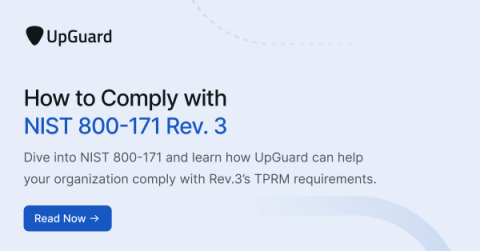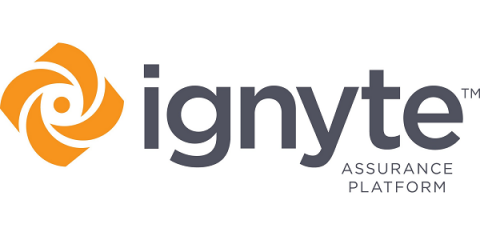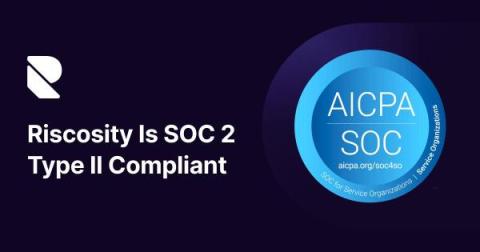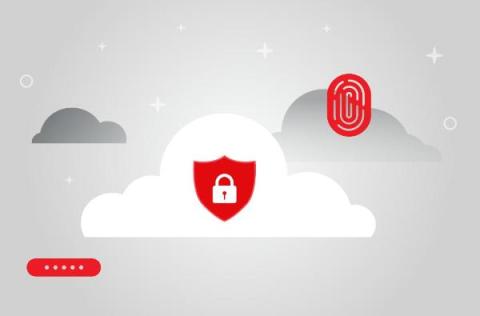What Are the Similarities and Differences Between FISMA vs. FedRAMP Certification?
The U.S. federal government has many laws and regulations intended to assure strong cybersecurity for government agencies. Two of the most important are the Federal Information Security Management Act (FISMA) and the Federal Risk and Authorization Management Program (FedRAMP). Both FISMA and FedRAMP have the same fundamental goal: to assure that federal agencies and their vendors protect government data. That said, they also differ in many ways.









